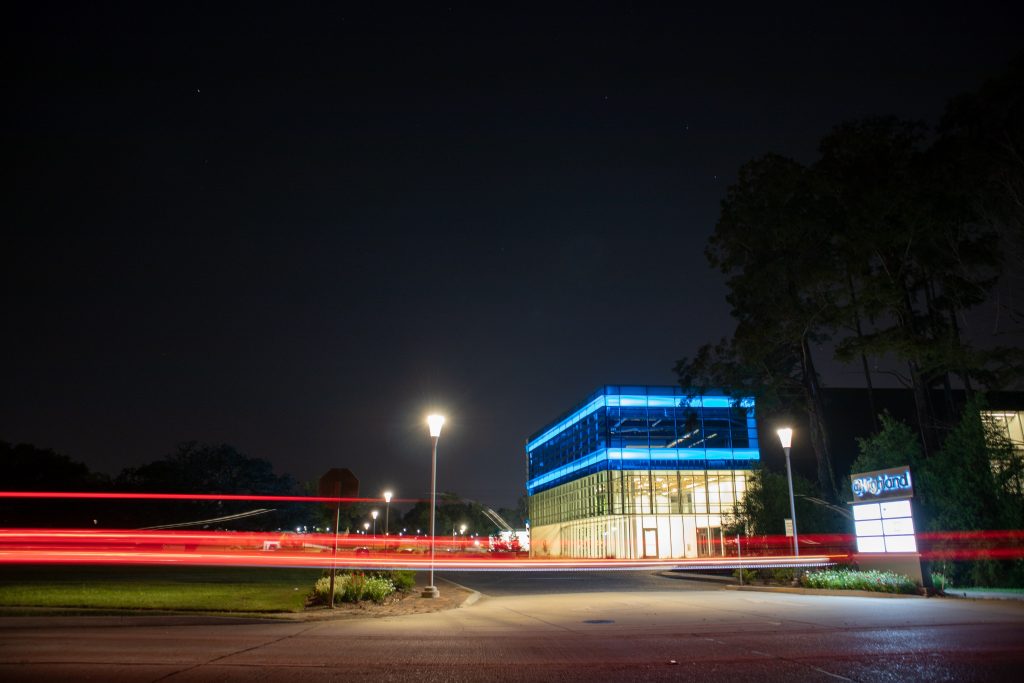What is Crime Prevention Through Environmental Design?
Apartment communities, neighborhoods, businesses, and even homes can benefit from the Crime Prevention Through Environmental Design concepts. The purpose of CPTED is to reduce criminal opportunities, while giving the community peace of mind and improving the quality of life. Although the use of CPTED will not make the property crime-proof, the probability of crime should be greatly reduced when CPTED strategies are properly applied and maintained.
CPTED has 4 key concepts that go hand in hand and are exponentially more effective when all are employed.
Natural Surveillance – The placement of physical features, activities and people in a way that maximizes visibility.
Natural Access Control – The physical guidance of people coming and going from a space by the strategic placement of entrances, exits, fencing, landscaping, and lighting.
Territorial Reinforcement – The use of physical attributes that express ownership, such as fences, pavement treatments, art, signage and lighting.
Maintenance – Allows for the continued use of a space for its intended purpose. Serves as an additional expression of ownership, prevents reduction of visibility from landscaping overgrowth and obstructed or inoperative lighting.
CPTED for Apartment communities (Multi-family industry):

- Create or modify design with the intent of maximizing visibility, such as lighting, landscaping, and placement of windows and common areas.
- Limit the number of access points and when appropriate, install gates.
- Provide occupants with the opportunity to personalize their units and thereby display a sense of ownership.
- Maintain all properties to the highest standards, particularly common areas. Quickly address any signs of blight or decay. Avoid using barbed wire.
- Provide easily monitored and highly visible play areas for children.
CPTED for Neighborhoods:

- Be aware of who should or should not be in the vicinity. Design lighting, landscaping, window and fences to promote visibility.
- Provide a sense of ownership of a space by clearly marking transitions from public to private space. Do this with signs, feces, borders, art, etc.
- Increase perception of pride and reduce fear by maintaining an area to the highest standard.
- Remove or disguise intimidating security measures such as barbed wire and burglar bars.
CPTED in Commercial Settings:

- Design and maintain the site to maximize visibility day and night.
- Clearly define entrances and exits.
- Delineate between public space and privately controlled space such as parking lots.
- Keep the property well maintained at all times. Immediately remove or paint over graffiti. Do not allow trash or debris to accumulate.
The Houston Police Department provides CPTED assessments at no charge to citizens within the city of Houston. CPTED techniques are used in addition to traditional crime prevention methods, such as locks and alarm systems.
Contact your local Police Department for further information on CPTED and assistance.
Sources: Crime Prevention Through Environmental Design (CPTED), Houston Police Department



